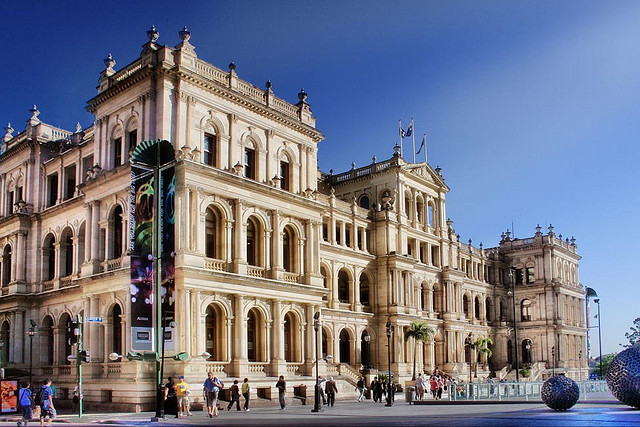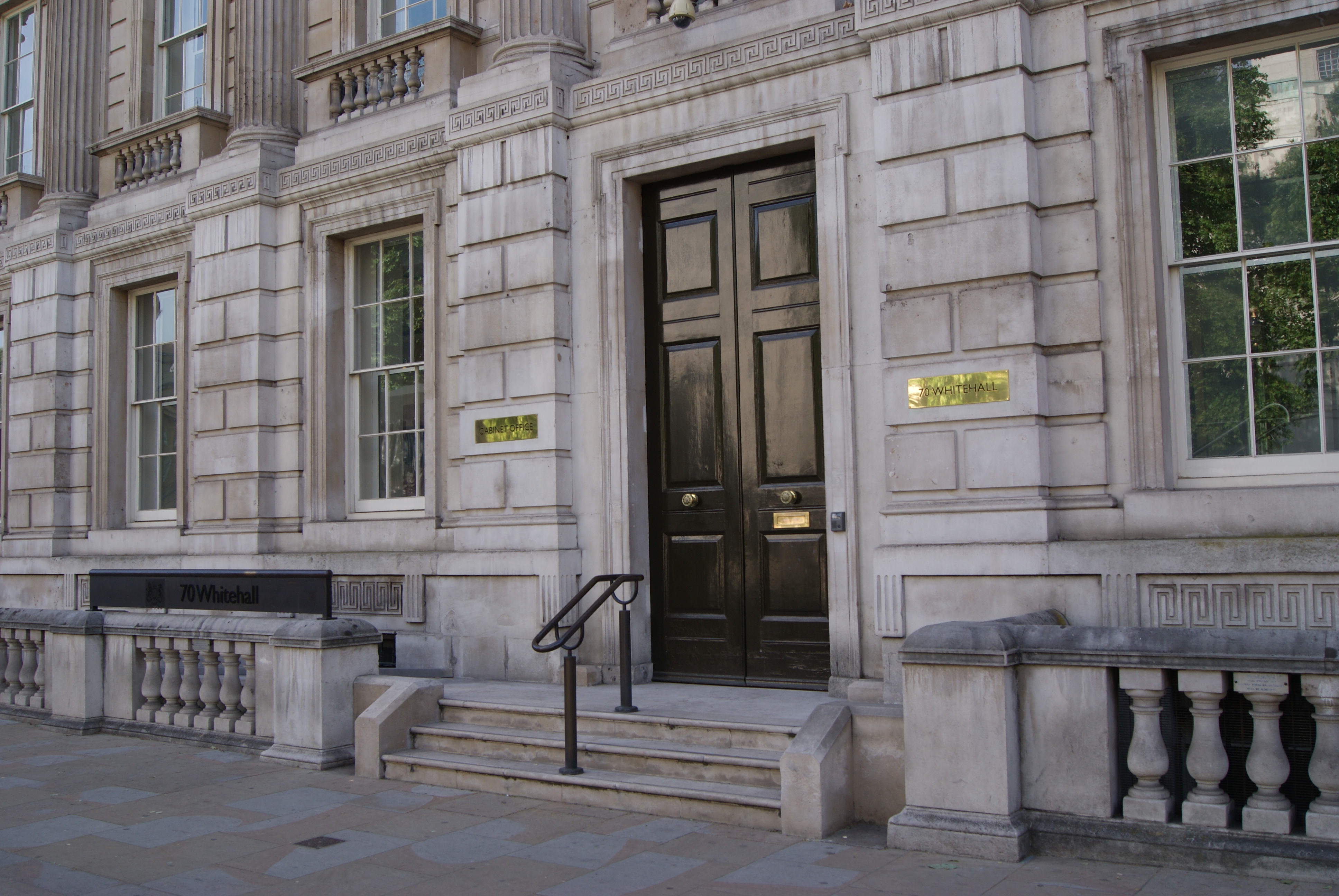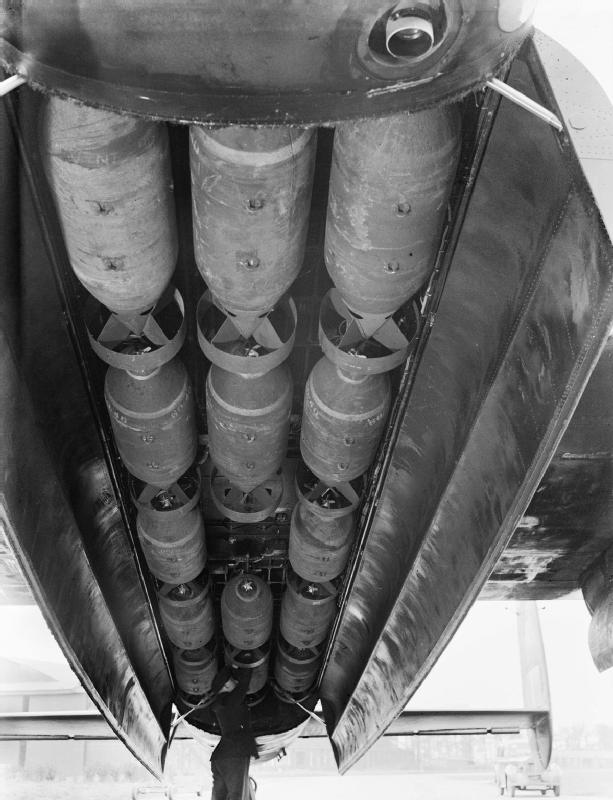|
David Bensusan-Butt
David Miles Bensusan-Butt (24 July 1914, Colchester – 25 March 1994, London) was an English economist who spent much of his career in Australia. Known as David, he published his work as D. M. Bensusan-Butt. Background and education A nephew of Camille and Esther Pissarro, and the son of Jewish socialist Dr Ruth Bensusan-Butt (1877–1957), the first woman doctor to work in Essex, Bensusan-Butt was educated at Gresham's School, Holt, and King's College, Cambridge, where he was a student of John Maynard Keynes and indexed Keynes's magnum opus, the '' General Theory of Employment, Interest and Money''. Bensusan-Butt acted as an assistant to Keynes, for searching literature and writing references, making him Keynes's best-informed student on progress with the project, so that one historian of economics has described him as 'the favoured man'. Career After a short period working for ''The Economist'', Bensusan-Butt joined the civil service in 1938. Early in the Second World War ... [...More Info...] [...Related Items...] OR: [Wikipedia] [Google] [Baidu] |
Colchester
Colchester ( ) is a city in Essex, in the East of England. It had a population of 122,000 in 2011. The demonym is Colcestrian. Colchester occupies the site of Camulodunum, the first major city in Roman Britain and its first capital. Colchester therefore claims to be Britain's first city. It has been an important military base since the Roman era, with Colchester Garrison currently housing the 16th Air Assault Brigade. Situated on the River Colne, Colchester is northeast of London. The city is connected to London by the A12 road and the Great Eastern Main Line railway. Colchester is less than from London Stansted Airport and from the port of Harwich. Attractions in and around the city include Colchester United Football Club, Colchester Zoo, and several art galleries. Colchester Castle was constructed in the eleventh century on earlier Roman foundations; it now contains a museum. The main campus of the University of Essex is located just outside the city. Local go ... [...More Info...] [...Related Items...] OR: [Wikipedia] [Google] [Baidu] |
Second World War
World War II or the Second World War, often abbreviated as WWII or WW2, was a world war that lasted from 1939 to 1945. It involved the vast majority of the world's countries—including all of the great powers—forming two opposing military alliances: the Allies and the Axis powers. World War II was a total war that directly involved more than 100 million personnel from more than 30 countries. The major participants in the war threw their entire economic, industrial, and scientific capabilities behind the war effort, blurring the distinction between civilian and military resources. Aircraft played a major role in the conflict, enabling the strategic bombing of population centres and deploying the only two nuclear weapons ever used in war. World War II was by far the deadliest conflict in human history; it resulted in 70 to 85 million fatalities, mostly among civilians. Tens of millions died due to genocides (including the Holocaust), starvat ... [...More Info...] [...Related Items...] OR: [Wikipedia] [Google] [Baidu] |
Treasury
A treasury is either *A government department related to finance and taxation, a finance ministry. *A place or location where treasure, such as currency or precious items are kept. These can be state or royal property, church treasure or in private ownership. The head of a treasury is typically known as a treasurer. This position may not necessarily have the final control over the actions of the treasury, particularly if they are not an elected representative. The adjective for a treasury is normally treasurial. The adjective "tresorial" can also be used, but this normally means pertaining to a ''treasurer''. History The earliest found artefacts made of silver and gold are from Lake Varna in Bulgaria dated 4250–4000 BC, the earliest of copper are dated 9000–7000 BC. The term ''treasury'' was first used in Classical times to describe the votive buildings erected to house gifts to the gods, such as the Siphnian Treasury in Delphi or many similar buildings erecte ... [...More Info...] [...Related Items...] OR: [Wikipedia] [Google] [Baidu] |
Cabinet Office
The Cabinet Office is a department of His Majesty's Government responsible for supporting the prime minister and Cabinet. It is composed of various units that support Cabinet committees and which co-ordinate the delivery of government objectives via other departments. As of December 2021, it has over 10,200 staff, most of whom are civil servants, some of whom work in Whitehall. Staff working in the Prime Minister's Office are part of the Cabinet Office. Responsibilities The Cabinet Office's core functions are: * Supporting collective government, helping to ensure the effective development, coordination and implementation of policy; * Supporting the National Security Council and the Joint Intelligence Organisation, coordinating the government's response to crises and managing the UK's cyber security; * Promoting efficiency and reform across government through innovation, transparency, better procurement and project management, by transforming the delivery of services, and i ... [...More Info...] [...Related Items...] OR: [Wikipedia] [Google] [Baidu] |
Royal Navy
The Royal Navy (RN) is the United Kingdom's naval warfare force. Although warships were used by English and Scottish kings from the early medieval period, the first major maritime engagements were fought in the Hundred Years' War against France. The modern Royal Navy traces its origins to the early 16th century; the oldest of the UK's armed services, it is consequently known as the Senior Service. From the middle decades of the 17th century, and through the 18th century, the Royal Navy vied with the Dutch Navy and later with the French Navy for maritime supremacy. From the mid 18th century, it was the world's most powerful navy until the Second World War. The Royal Navy played a key part in establishing and defending the British Empire, and four Imperial fortress colonies and a string of imperial bases and coaling stations secured the Royal Navy's ability to assert naval superiority globally. Owing to this historical prominence, it is common, even among non-Britons, ... [...More Info...] [...Related Items...] OR: [Wikipedia] [Google] [Baidu] |
Pathfinder Force
The Pathfinders were target-marking squadrons in RAF Bomber Command during World War II. They located and marked targets with flares, which a main bomber force could aim at, increasing the accuracy of their bombing. The Pathfinders were normally the first to receive new blind-bombing aids like Gee, Oboe and the H2S radar. The early Pathfinder Force (PFF) squadrons was expanded to become a group, No. 8 (Pathfinder Force) Group in January 1943. The initial Pathfinder Force was five squadrons, while No. 8 Group ultimately grew to a strength of 19 squadrons. While the majority of Pathfinder squadrons and personnel were from the Royal Air Force, the group also included many from the air forces of other Commonwealth countries. History Background At the start of the war in September 1939, RAF Bomber Command's doctrine was based on tight formations of heavily armed bombers attacking during daylight and fending off attacks by fighters with their defensive guns. In early missions ov ... [...More Info...] [...Related Items...] OR: [Wikipedia] [Google] [Baidu] |
Butt Report
The Butt Report, released on 18 August 1941, was a report prepared during World War II, revealing the widespread failure of RAF Bomber Command aircraft to hit their targets. At the start of the war, Bomber Command had no real means of determining the success of its operations. Crews would return with only their word as to the amount of damage caused or even if they had bombed the target. The Air Ministry demanded that a method of verifying these claims be developed and by 1941 cameras mounted under bombers, triggered by the bomb release, were being fitted. Contents The report was initiated by Lord Cherwell, a friend of Churchill and chief scientific advisor to the Cabinet. David Bensusan-Butt, a civil servant in the War Cabinet Secretariat and an assistant of Cherwell, was given the task of assessing 633 target photos and comparing them with crews' claims. The results, first circulated on 18 August 1941, were a shock to many, though not necessarily to those within the RAF, who ... [...More Info...] [...Related Items...] OR: [Wikipedia] [Google] [Baidu] |
RAF Bomber Command
RAF Bomber Command controlled the Royal Air Force's bomber forces from 1936 to 1968. Along with the United States Army Air Forces, it played the central role in the strategic bombing of Germany in World War II. From 1942 onward, the British bombing campaign against Germany became less restrictive and increasingly targeted industrial sites and the civilian manpower base essential for German war production. In total 364,514 operational sorties were flown, 1,030,500 tons of bombs were dropped and 8,325 aircraft lost in action. Bomber Command crews also suffered a high casualty rate: 55,573 were killed out of a total of 125,000 aircrew, a 44.4% death rate. A further 8,403 men were wounded in action, and 9,838 became prisoners of war. Bomber Command stood at the peak of its post-war military power in the 1960s, the V bombers holding the United Kingdom's nuclear deterrent and a supplemental force of Canberra light bombers. In August 2006, a memorial was unveiled at Lincoln Cathed ... [...More Info...] [...Related Items...] OR: [Wikipedia] [Google] [Baidu] |
Tom Wilson (economist)
Thomas Wilson, Tom Wilson or Tommy Wilson may refer to: Actors * Thomas F. Wilson (born 1959), American actor most famous for his role of Biff Tannen in the ''Back to the Future'' trilogy *Tom Wilson (actor) (1880–1965), American actor * Dan Green (voice actor) (born 1970), American actor sometimes credited as "Tom Wilson" in films Businessmen *Thomas Wilson (shipping magnate) (1792–1869), British shipping magnate *Thomas Wilson, London merchant for whom Wilsons Promontory is named *Thomas Wilson (industrialist) (fl. 1850s to early 20th century), American business magnate * Thomas E. Wilson (1868–1958), Canadian American businessman, founder of Wilson Sporting Goods and the Wilson and Company meatpacking company * Thomas J. Wilson (born 1958), American businessman Clergy *Thomas Wilson (dean of Worcester) (died 1586), English Anglican priest *Thomas Wilson (lexicographer) (1563–1622), English Anglican priest, compiler of an early biblical reference work * Thomas Wilson (a ... [...More Info...] [...Related Items...] OR: [Wikipedia] [Google] [Baidu] |
Douglas MacDougall
Douglas may refer to: People * Douglas (given name) * Douglas (surname) Animals *Douglas (parrot), macaw that starred as the parrot ''Rosalinda'' in Pippi Longstocking *Douglas the camel, a camel in the Confederate Army in the American Civil War Businesses * Douglas Aircraft Company * Douglas (cosmetics), German cosmetics retail chain in Europe * Douglas (motorcycles), British motorcycle manufacturer Peerage and Baronetage * Duke of Douglas * Earl of Douglas, or any holder of the title * Marquess of Douglas, or any holder of the title * Douglas Baronets Peoples * Clan Douglas, a Scottish kindred * Dougla people, West Indians of both African and East Indian heritage Places Australia * Douglas, Queensland, a suburb of Townsville * Douglas, Queensland (Toowoomba Region), a locality * Port Douglas, North Queensland, Australia * Shire of Douglas, in northern Queensland Belize * Douglas, Belize Canada * Douglas, New Brunswick * Douglas Parish, New Brunswick * Douglas ... [...More Info...] [...Related Items...] OR: [Wikipedia] [Google] [Baidu] |
Bryan Hopkin
Sir William Aylsham Bryan Hopkin (7 December 1914 – 10 October 2009) was a Welsh economist. He was chief economic adviser to the Treasury during the tenure of Denis Healey as Chancellor of the Exchequer. Hopkin was educated at Barry Grammar School and St John's College, Cambridge, where he was a student of John Maynard Keynes. In 1938 he married Renée Recour (d. 2002), and they had two sons. In 1941, during the Second World War, Hopkin was working as a civil servant at the Ministry of Health when selected by Winston Churchill to be part of the government's statistical team. He was knighted in 1971 and became Professor of Economics at Cardiff University the following year. Remaining a Keynesian, he was appointed head of the Government Economic Service in 1973, and served as an adviser in succession to Healey, Iain Macleod, and Anthony Barber, later emerging as a stern critic of Margaret Thatcher Margaret Hilda Thatcher, Baroness Thatcher (; 13 October 1 ... [...More Info...] [...Related Items...] OR: [Wikipedia] [Google] [Baidu] |
Roy Harrod
Sir Henry Roy Forbes Harrod (13 February 1900 – 8 March 1978) was an English economist. He is best known for writing '' The Life of John Maynard Keynes'' (1951) and for the development of the Harrod–Domar model, which he and Evsey Domar developed independently. He is also known for his ''International Economics'', a former standard textbook, the first edition of which contained some observations and ruminations (wanting in subsequent editions) that would foreshadow theories developed independently by later scholars (such as the Balassa–Samuelson effect). Biography Born in London he attended St Paul's and then Westminster School. Harrod attended New College in Oxford on a history scholarship. After a brief period in the Artillery in 1918 he gained a first in "literae humaniores" in 1921, and a first in modern history the following year. Afterwards he spent some time in 1922 at King's College, Cambridge. It was there that he met and befriended Keynes. After moving back to ... [...More Info...] [...Related Items...] OR: [Wikipedia] [Google] [Baidu] |




